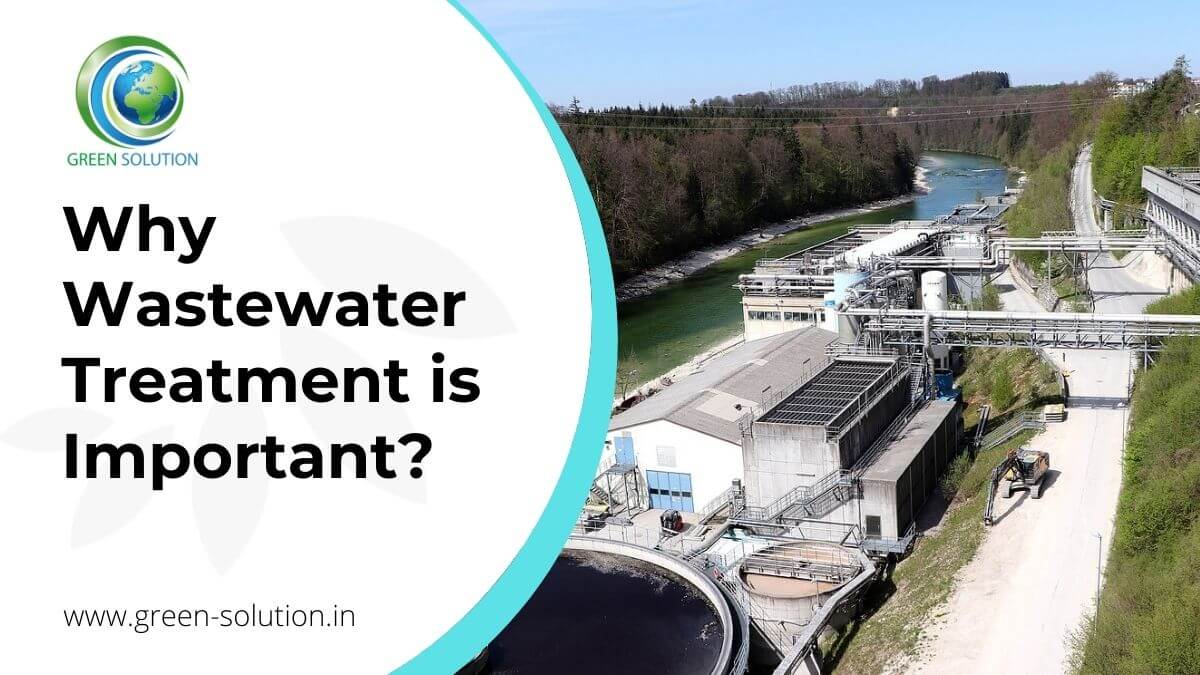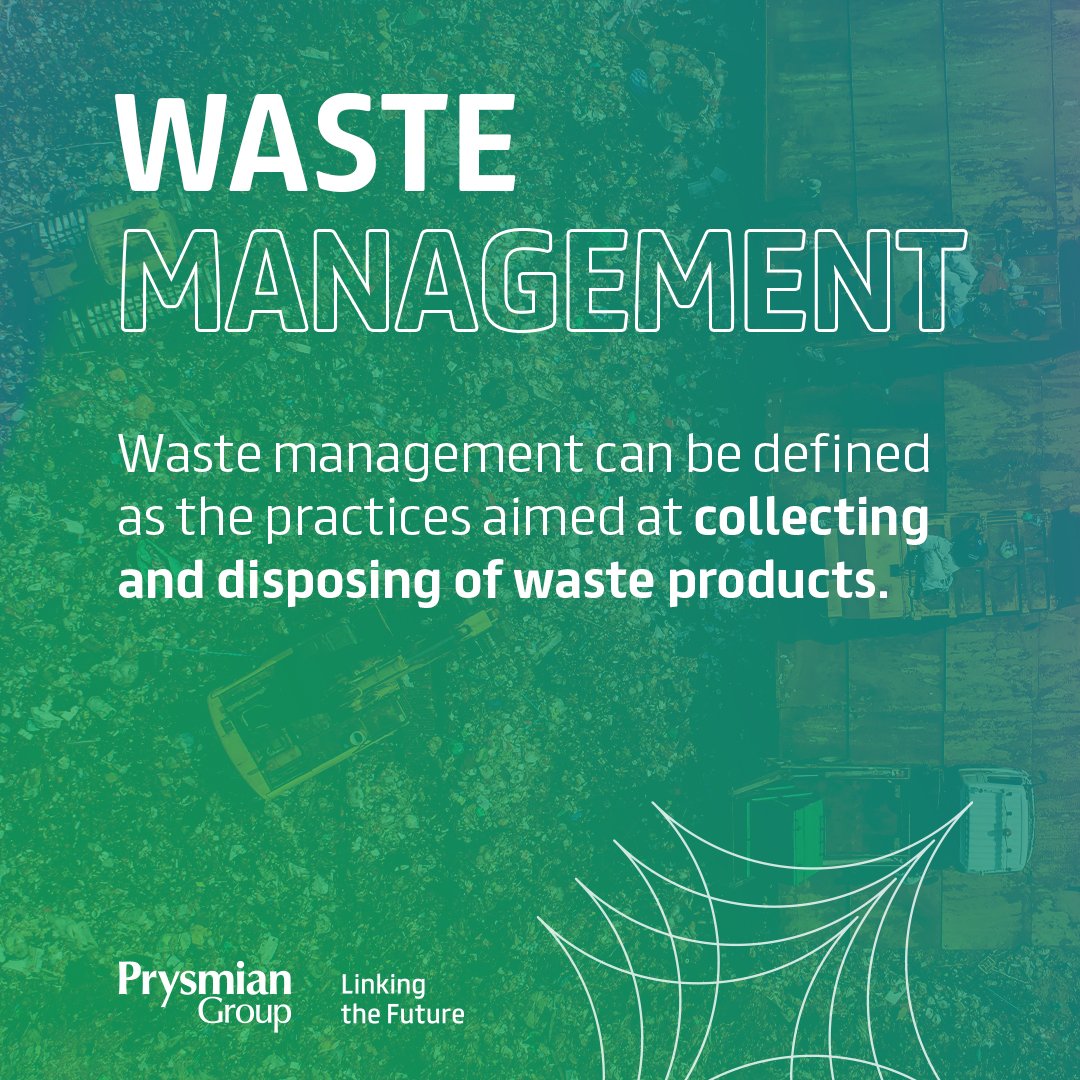The 7-Minute Rule for Reclaim Waste
The 7-Minute Rule for Reclaim Waste
Blog Article
Getting My Reclaim Waste To Work
Table of ContentsReclaim Waste for Dummies8 Easy Facts About Reclaim Waste DescribedNot known Factual Statements About Reclaim Waste Reclaim Waste for Dummies9 Simple Techniques For Reclaim Waste
Residential sewer waste refers to the waste and items from a property septic storage tank. The proper administration and disposal of domestic sewage waste need fluid waste to be moved to a sewage therapy plant where the appropriate approaches and equipment are applied to detoxify and dispose of waste.
Commercial waste commonly includes prospective threats, such as flammable products or a combination of fluid and solid waste products, and needs an advanced and thorough disposal process. The disposal of industrial waste usually includes the filtration of waste prior to transportation to make sure safe and appropriate disposal. Hazardous waste is developed from byproducts and runoff of commercial procedures and production.
This sort of waste can not use the exact same sewage monitoring transport or processes as septic or business liquids. The industrial waste management process requires the examination and testing of fluid waste prior to it goes through the disposal process (liquid waste disposal melbourne). Overflow waste is the fluid waste that originates from runoff and excess stormwater in extremely populated areas or cities
Overflow waste can cause contamination and flooding if not handled correctly. Making sure correct waste monitoring can stop catastrophes and reduce ecological injury.
Reclaim Waste - Truths
Contact PROS Solutions today to discover our waste management and disposal solutions and the correct ways to look after the liquid waste you create.
(https://writeablog.net/reclaimwaste1/reclaiming-resources-a-comprehensive-guide-to-industrial-wastewater-treatment)This so-called 'wastewater' is not only a crucial source but, after treatment, will certainly be released to our land, rivers or the ocean. Made use of water from toilets, showers, bathrooms, cooking area sinks, laundries and industrial procedures is understood as wastewater.

water utilized to cool down machinery or clean plant and equipment). Stormwater, a form of wastewater, is drainage that streams from agricultural and urban areas such as roofings, parks, gardens, roads, courses and seamless gutters right into stormwater drains pipes, after rain. Stormwater streams without treatment directly to regional creeks or rivers, at some point reaching the ocean.
The 9-Minute Rule for Reclaim Waste
In Queensland, most wastewater is treated at sewage treatment plants. Wastewater is moved from domestic or industrial sites through a system of sewage systems and pump stations, understood as sewage reticulation, to a sewer treatment plant.
The Department of Natural Resources encourages city governments concerning handling, operating and preserving sewerage systems and treatment plants. In unsewered locations, local governments might call for householders to set up specific or household sewage treatment systems to deal with residential wastewater from toilets, cooking areas, shower rooms and washings. The Division of Natural Resources authorises using house systems when they are confirmed to be efficient.
Many stormwater receives no therapy. In some new neighborhoods, therapy of some stormwater to eliminate litter, sand and crushed rock has begun using gross contaminant traps. Wastewater treatment happens in four phases: Eliminates strong matter. Bigger solids, such as plastics and other objects mistakenly released to drains, are eliminated when wastewater is travelled through screens.
Utilizes small living organisms understands as micro-organisms to damage down and get rid of remaining dissolved wastes and great fragments. Micro-organisms and wastes are incorporated in the sludge.
The Only Guide to Reclaim Waste
Nutrient elimination is not available in all sewage treatment plants because it requires expensive specialised equipment. It is becoming much more typical in Queensland. Clear liquid effluent created after therapy might still contain disease-causing micro-organisms. If this effluent is launched right into rivers such as rivers or the sea, the micro-organisms will at some point pass away out.

This normally implies wastewater has to be treated or contaminants removed prior to it can be released to waterways. Most wastewater moves right into the sewerage system. Under the Act, local federal governments administer authorizations and permits for ecologically appropriate activities (Periods) including wastewater releases that might have a neighborhood effect. The department carries out approvals and licences to ERAs entailing wastewater launches that could have a regional or statewide effect.
Not known Facts About Reclaim Waste
Otherwise, examples are taken for lab evaluation. Usually several examinations are needed her explanation to establish the degrees of each of the various contaminants such as oils, hefty metals and chemicals in water. Surveillance provides accurate info concerning water quality and can confirm that licence conditions are being satisfied. The details obtained through tracking gives the basis for making water quality decisions.
Report this page